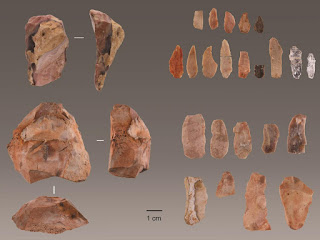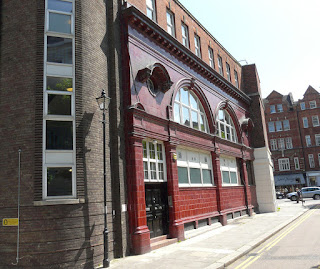How taking a closer look at your family tree can help you get to grips with climate change

This article is republished with permission from The Conversation How taking a closer look at your family tree can help you get to grips with climate change By Flossie Kingsbury , Aberystwyth University Engaging people when it comes to climate change can be challenging. Climate conversations are often technical and dry, making it hard to see how it connects to our own lives. As a historical researcher I’ve been figuring out how we can make this connection clearer, and believe that taking a look at our family histories might hold the answer. Tracing our ancestors’ connections to colonialism and industrialisation can help us personally connect with the climate crisis. Photo: Pixabay While climate change might seem abstract or distant, our own history is inherently personal. Tracing a family tree can show how historical events, including those that influenced climate change , altered life courses. Through pilot research with my own family tree, I’ve found that family history can be a


